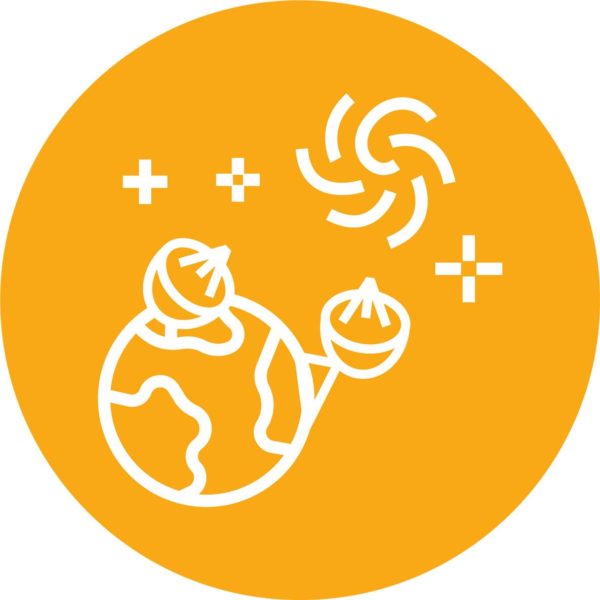
Pedro Elosegui
Research Scientist, Geodesy Group Lead How does Earth work? Geodesy is the answer.I am a Research Scientist at MIT Haystack Observatory and the Institute of Marine Sciences of the Spanish National Research Council; my areas of scientific interest include the application of space geodesy to problems in tectonics, atmospheric sensing, seismology, glaciology, and oceanography, and the assessment and improvement of the VLBI and GPS accuracy. I received a B.S. in 1986 from the University of Zaragoza, Spain; and a Ph.D. in 1991 from the University of Granada, Spain. I was a NATO postdoctoral fellow, SAO visiting scientist, staff, and Research Associate, all at the Harvard-Smithsonian Center for Astrophysics; a Senior Research Scientist at the Institute for Space Sciences and the Institute for Space Studies of Catalonia; a Resident Astronomer for the International Ultraviolet Explorer at the European Space Agency; a member of the American Geophysical Union since 1993; have authored 128+ refereed publications; was awarded an European Space Agency Certificate of Recognition; and was the Secretary of Geodesy Section of the AGU and the Associate Editor for the Journal of Geophysical Research–Solid Earth.
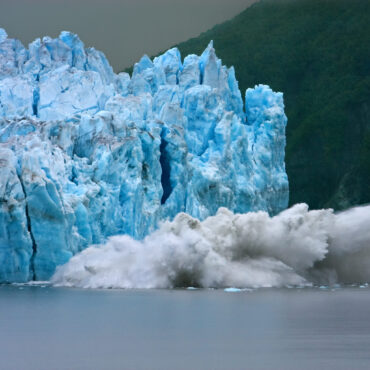
SIDEx: Sea Ice Dynamic Experiment
Measuring ice in the Arctic Circle.
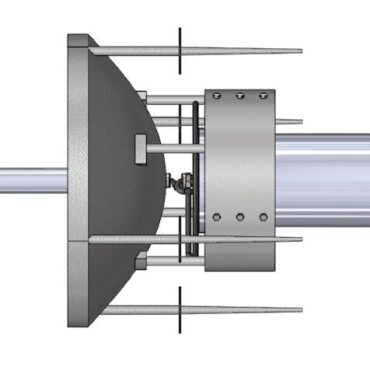
SGIP: Antarctic Seismo-Geodetic Ice Penetrator
Monitoring the response of ice shelves in Antarctica to ocean forces.
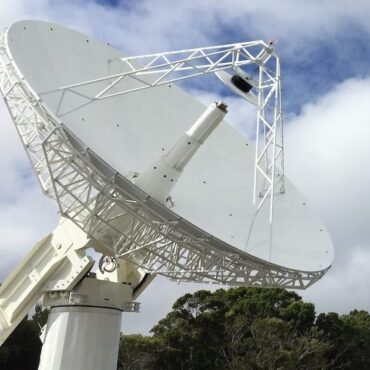
Advancing VGOS
The Haystack VLBI Geodetic Observing System (VGOS) signal chain has been in development since 2007 and in service since 2010. It was developed for NASA and has been installed in Texas and Hawaii.
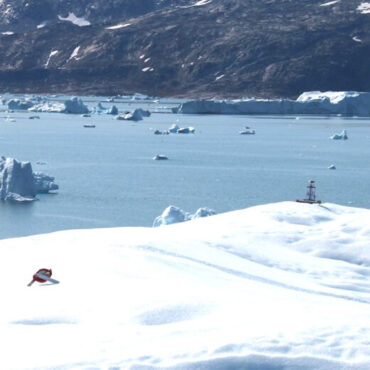
Chasing Icebergs
Using GPS to measure the effect of meltwater fluxes on ocean circulation around Greenland.